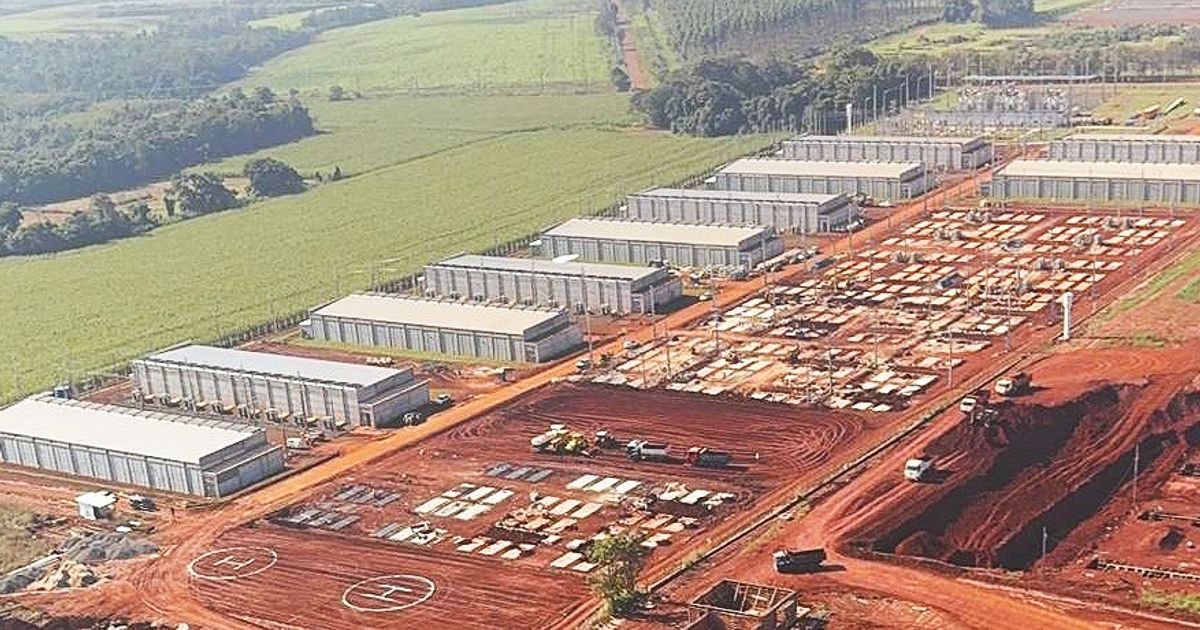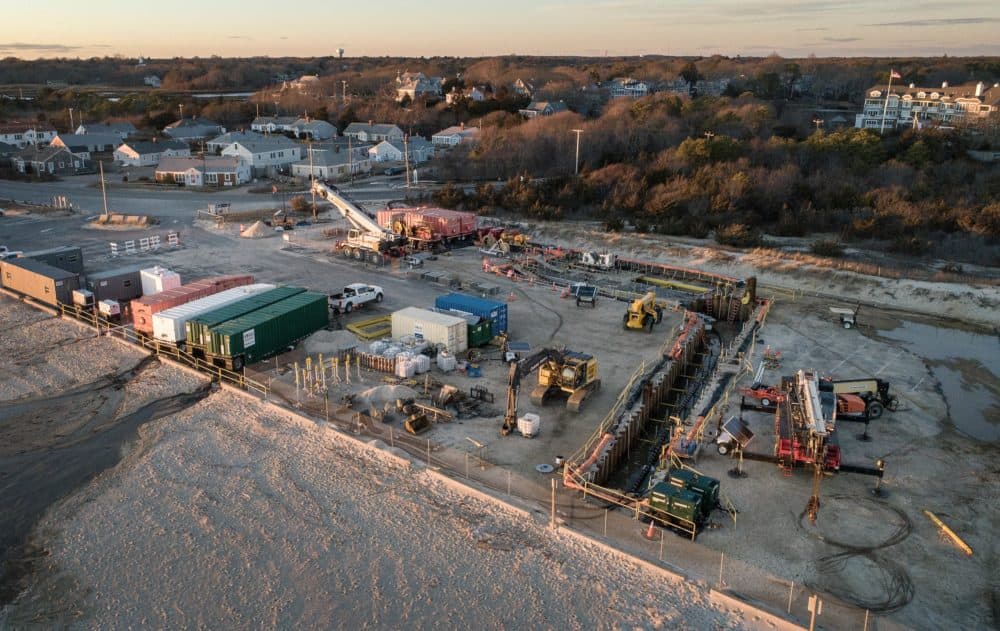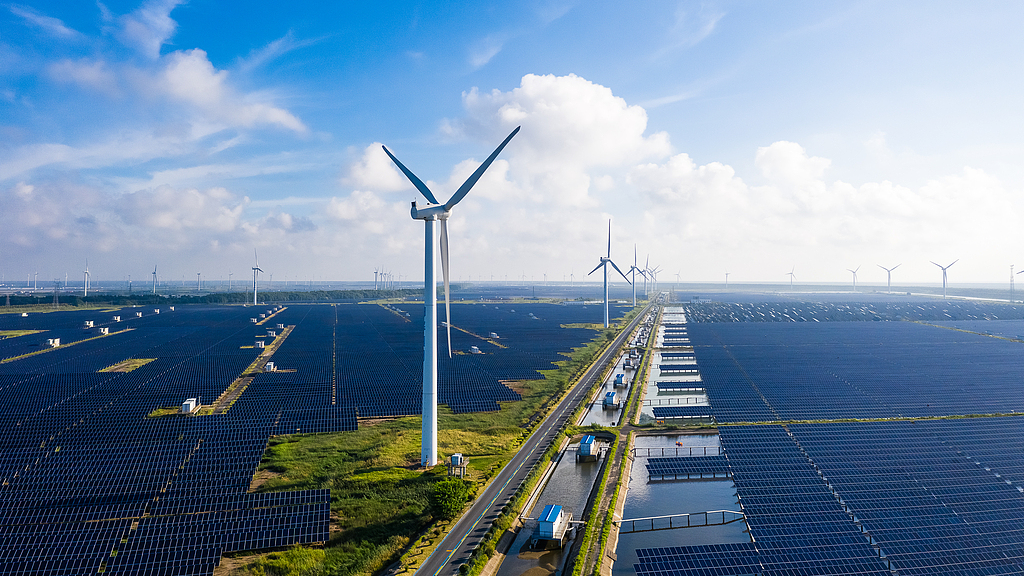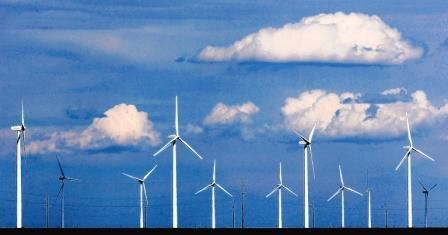HIVE Digital Technologies’ Expansion and Alignment with Sustainable Development Goals
Project Overview and Strategic Objectives
HIVE Digital Technologies has finalized an agreement for a 100-megawatt (MW) expansion of its data center campus in Yguazú, Paraguay. This development, designated as Phase 3, will increase the company’s total capacity at the site to 400 MW. The expansion supports HIVE’s dual strategic objectives of scaling its Bitcoin mining and High-Performance Computing (HPC) operations.
- Global Bitcoin Mining Target: To achieve 35 exahash per second (EH/s) by 2026.
- HPC Capacity Goal: To quintuple HPC capacity by 2026 to support AI model training and sovereign AI compute services.
- Total Renewable Infrastructure: The project will bring HIVE’s global renewable energy footprint to 540 MW across Paraguay, Canada, and Sweden.
Contribution to SDG 7: Affordable and Clean Energy
The project demonstrates a significant commitment to SDG 7 by ensuring that all energy-intensive operations are powered by sustainable sources.
- The entire 400 MW Paraguayan campus will be powered exclusively by hydroelectric energy sourced from the Itaipú Dam.
- This initiative promotes the use of clean, renewable energy for digital infrastructure, directly addressing the goal of increasing the share of renewable energy in the global energy mix.
- By scaling low-cost, sustainable infrastructure, HIVE is creating a model for environmentally responsible growth in the technology sector.
Advancing SDG 9: Industry, Innovation, and Infrastructure
HIVE’s expansion directly supports SDG 9 by building resilient, sustainable, and innovative infrastructure.
- The development of the largest data center of its kind in Paraguay represents a major investment in the country’s technological infrastructure.
- The facility is designed to support cutting-edge industries, including cryptocurrency mining and AI, fostering innovation.
- Through its BUZZ HPC division and partnership with Bell Canada, HIVE is building a sovereign AI ecosystem, enhancing national technological capabilities and infrastructure.
Supporting SDG 13 and SDG 8: Climate Action and Economic Growth
The project aligns with goals for climate action and sustainable economic development.
- Climate Action (SDG 13): By utilizing 100% renewable hydroelectric power, HIVE actively mitigates the carbon footprint associated with its data center operations, contributing to the fight against climate change.
- Economic Growth (SDG 8): The construction and long-term operation of the 400 MW facility are poised to stimulate local economic growth and create employment opportunities in Paraguay.
Project Development Timeline
- Phase 1 (300 MW): Completion expected by April 2025.
- Phase 2 (300 MW): Completion expected by September 2025.
- Phase 3 (100 MW Addition): Construction scheduled to begin in early 2026.
- Phase 3 (100 MW Addition): Full commissioning targeted for the third quarter of 2026.
Analysis of Sustainable Development Goals in the Article
-
SDGs Addressed or Connected
The article highlights issues and initiatives that are directly connected to several Sustainable Development Goals (SDGs). These goals are relevant due to the article’s focus on renewable energy, infrastructure development, technological innovation, and strategic partnerships.
- SDG 7: Affordable and Clean Energy: The core of the project is the use of 100% hydroelectric power. The article repeatedly emphasizes that the data center is “powered entirely by hydroelectric energy from the Itaipú Dam,” which directly aligns with the goal of promoting clean and renewable energy sources.
- SDG 9: Industry, Innovation, and Infrastructure: The article discusses the development of a “100-megawatt (MW) hydroelectric-powered data center campus.” This is a significant investment in building sustainable and resilient digital infrastructure, a key component of SDG 9. The focus on high-performance computing (HPC) for AI workloads also points to the innovation aspect of this goal.
- SDG 8: Decent Work and Economic Growth: The project represents a large-scale investment in a high-tech, high-value-added industry (Bitcoin mining and AI computing). By building “the largest facility of its kind in the country,” HIVE is contributing to economic productivity and technological upgrading in Paraguay, which supports the principles of SDG 8.
- SDG 13: Climate Action: By powering energy-intensive operations like Bitcoin mining and AI data centers with renewable energy instead of fossil fuels, the project directly contributes to climate change mitigation. The company’s vision of “scaling sustainable, low-cost digital infrastructure powered entirely by renewable energy” is a corporate action that aligns with the broader goals of climate action.
- SDG 17: Partnerships for the Goals: The article mentions a specific collaboration “through its partnership with Bell Canada,” where HIVE’s infrastructure is integrated with Bell’s network to create a “sovereign AI ecosystem.” This private-sector partnership to advance technology and infrastructure exemplifies the spirit of SDG 17.
-
Specific Targets Identified
Based on the article’s content, several specific SDG targets can be identified as being directly addressed by HIVE’s project.
- Target 7.2: “By 2030, increase substantially the share of renewable energy in the global energy mix.” The project is described as being “powered entirely by hydroelectric energy,” meaning 100% of its energy mix is from renewable sources, directly contributing to this target.
- Target 9.1: “Develop quality, reliable, sustainable and resilient infrastructure… to support economic development.” The construction of a large-scale “data center campus” is a direct development of digital infrastructure. Its reliance on hydroelectric power makes it sustainable.
- Target 9.4: “By 2030, upgrade infrastructure and retrofit industries to make them sustainable, with increased resource-use efficiency and greater adoption of clean and environmentally sound technologies.” The project involves building new, state-of-the-art infrastructure that is inherently sustainable by using a clean technology (hydroelectric power) from the outset.
- Target 8.2: “Achieve higher levels of economic productivity through diversification, technological upgrading and innovation.” The project focuses on technologically advanced sectors like Bitcoin mining and “high-performance computing (HPC) for AI workloads,” which are high-value-added activities that drive economic productivity through innovation.
- Target 17.17: “Encourage and promote effective public, public-private and civil society partnerships.” The collaboration between HIVE and Bell Canada is a clear example of a private-private partnership aimed at building an “advanced sovereign AI ecosystem,” which aligns with this target.
-
Indicators Mentioned or Implied
The article provides several quantitative and qualitative data points that can serve as indicators to measure progress towards the identified targets.
- Indicator for Target 7.2: The article provides specific figures for renewable energy capacity. These can be used as direct progress indicators.
- Total renewable energy capacity of the project: An additional 100 MW, bringing the total in Paraguay to 400 MW.
- Company’s total renewable infrastructure footprint: 540 MW across three countries.
- Share of renewable energy for the project: 100% (powered entirely by hydroelectric).
- Indicator for Target 8.2: The article mentions specific operational capacity goals which serve as indicators of technological productivity.
- Bitcoin mining capacity: A target to “surpass 35 EH/s in Bitcoin mining capacity” by 2026.
- HPC capacity growth: An aim to “quintuple HPC capacity by 2026” or “scaling its HPC operations fivefold.”
- Indicator for Target 9.1: The scale of the infrastructure development itself is an indicator.
- Size and scope of infrastructure: Development of a 100 MW data center campus, described as potentially the “largest facility of its kind in the country.”
- Indicator for Target 17.17: The existence and nature of the partnership is an indicator.
- Number and type of strategic partnerships: The article explicitly mentions the “partnership with Bell Canada” to create a specific technological ecosystem.
- Indicator for Target 7.2: The article provides specific figures for renewable energy capacity. These can be used as direct progress indicators.
SDGs, Targets, and Indicators Summary
| SDGs | Targets | Indicators Identified in the Article |
|---|---|---|
| SDG 7: Affordable and Clean Energy | Target 7.2: Increase substantially the share of renewable energy in the global energy mix. | Total renewable capacity (100 MW addition, 400 MW total in Paraguay, 540 MW global footprint); Share of renewable energy for the project is 100%. |
| SDG 9: Industry, Innovation, and Infrastructure | Target 9.1: Develop quality, reliable, sustainable and resilient infrastructure. Target 9.4: Upgrade infrastructure and retrofit industries to make them sustainable. |
Development of a 100 MW data center campus; Use of clean technology (hydroelectric power) for sustainable infrastructure. |
| SDG 8: Decent Work and Economic Growth | Target 8.2: Achieve higher levels of economic productivity through technological upgrading and innovation. | Bitcoin mining capacity target of 35 EH/s by 2026; Goal to scale HPC operations fivefold by 2026. |
| SDG 13: Climate Action | Target 13.2: Integrate climate change measures into policies and planning. | Corporate strategy of powering energy-intensive operations (Bitcoin mining, AI) entirely with renewable energy, thus mitigating climate impact. |
| SDG 17: Partnerships for the Goals | Target 17.17: Encourage and promote effective public-private and civil society partnerships. | Existence of a strategic private-private partnership with Bell Canada to create a sovereign AI ecosystem. |
Source: proactiveinvestors.com






